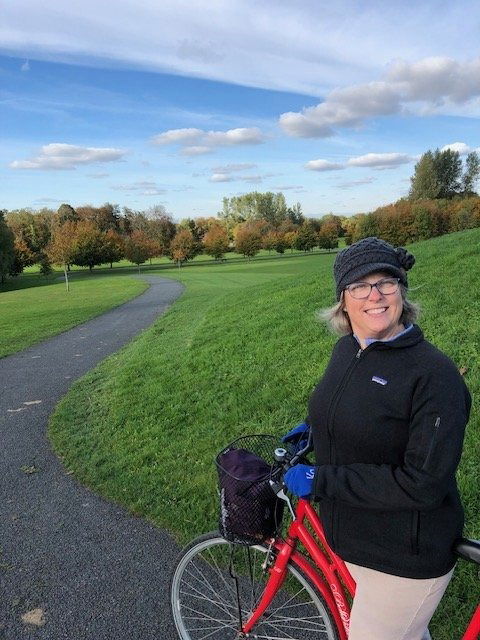Dublin, Ireland
After taking a clockwise route around the Emerald Island, we arrived in Dublin. We finished our month-long tour of Ireland here in its biggest city, which is steeped in history. We camped outside of town at Camac Valley Caravan & Camping Park. Here we could catch the Hop-On Hop-Off bus into the city. Just walking through the streets with its many eclectic views was fun. I wondered if the seagull was waiting for the restaurant to open.
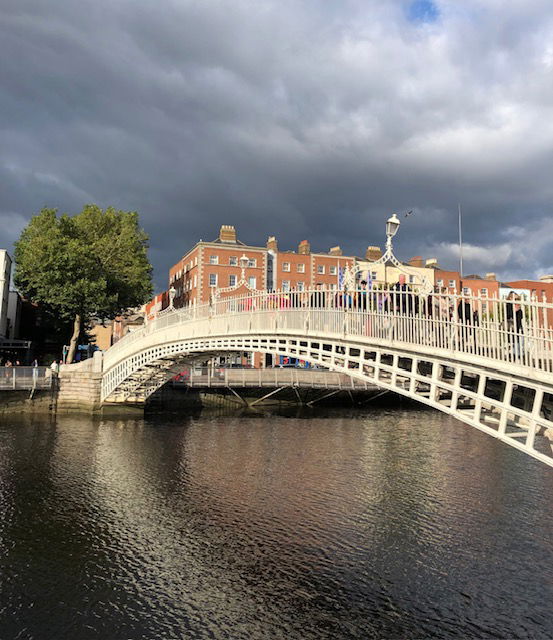
The cast-iron Ha' Penny Bridge was built in 1816. Before its construction, the only way to cross Dublin's River Liffey was by ferry, but they were declining and in poor condition. The owner William Walsh was required to solve the problem: fix the ferries or build a bridge. He did the latter, and it was allowed to charge a half penny per person crossing for 100 years. No toll is required now. We caught it at a sunny moment.
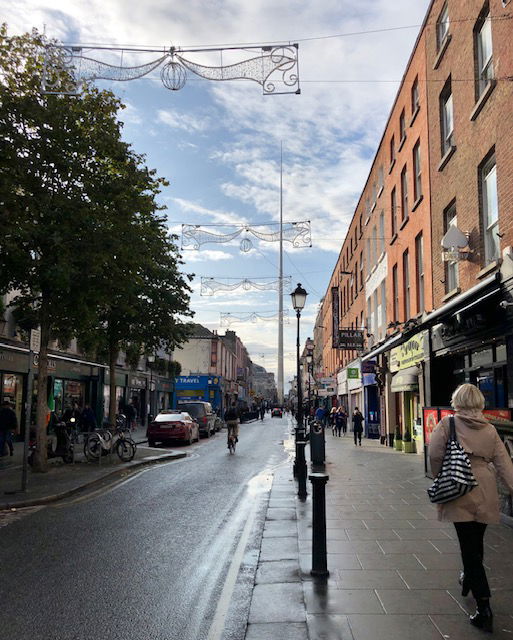
Another Dublin street view. The skies are clearing with the Spire, aka the Monument of Light, in the background. The pin-like, steel sculpture is 390 feet tall and replaces a previous monument that was destroyed during the Troubles in the 1960s. Its meaning is somewhat dubious, and it has several nicknames. It is certainly impressive.
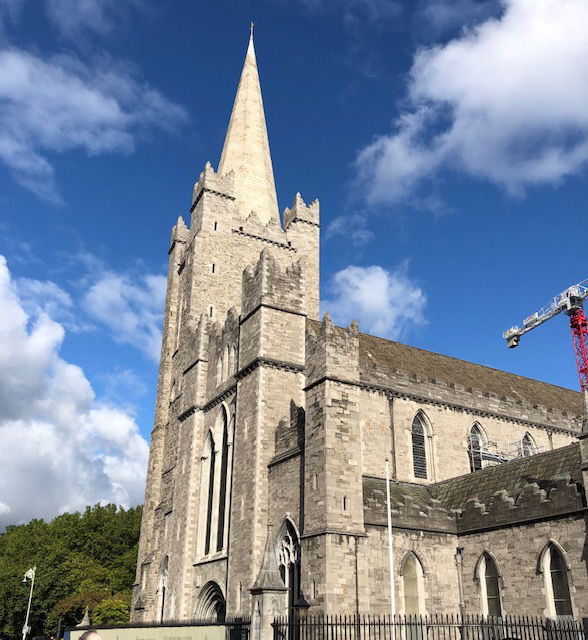
The front entrance of Saint Patrick's Cathedral. Almost like a museum with its rich history, this cathedral has stood here since 1220 A.D. It is the National Cathedral of the Church of Ireland. Jonathan Swift, author of Gulliver's Travels, is buried here. Many of the stained glass windows were installed in the late 1800s or early 1900s and are in excellent condition.
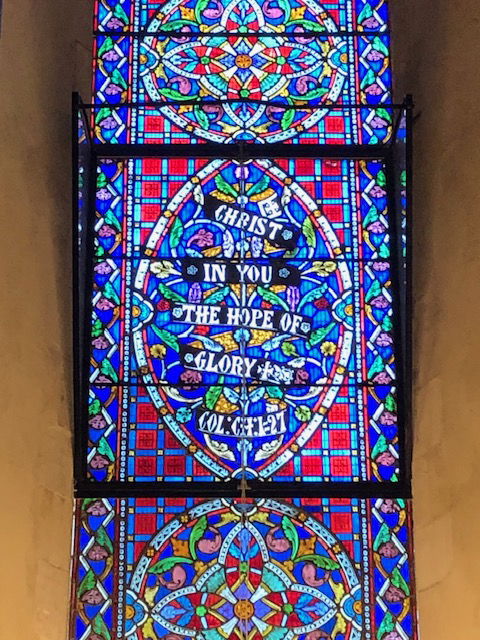
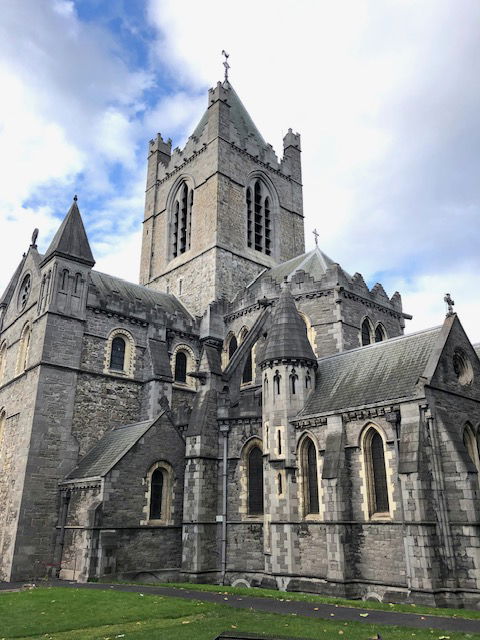
A few blocks north of St. Patrick's lies Christ Church Cathedral. Also an Anglican church, it was originally a Viking church. Its medieval architecture is quite dramatic.
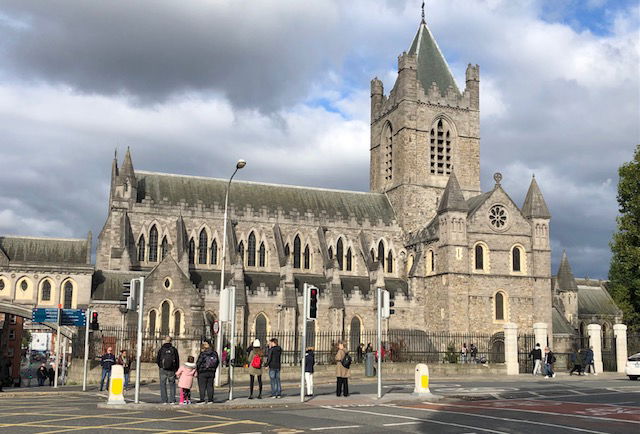
Although this view gives a better idea of its size, it shows only about half of Christ Church Cathedral. On the left edge of the photo, you can see a covered stone bridge over a street that leads to another portion of the cathedral of equal or greater size.
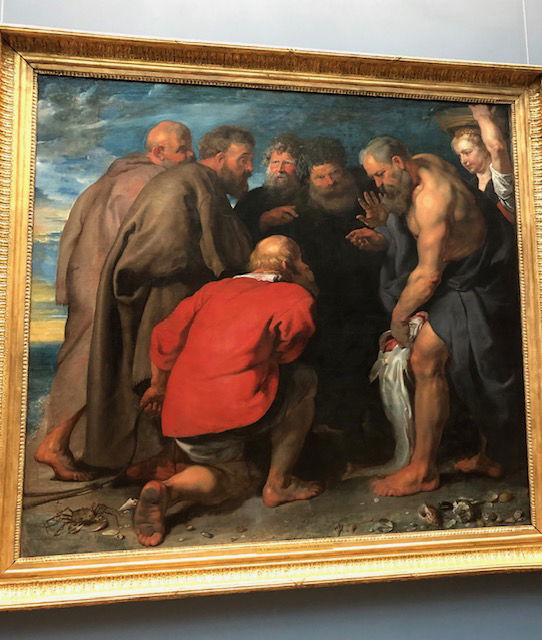
We also enjoyed exploring the National Gallery of Ireland, which features works by the brother of author W. B. Yeats, Jack Butler Yeats among others. The painting above is by Peter Paul Rubens, the famous 17th century Flemish artist. The title of this work is Saint Peter Finding the Tribute Money, which is about the tax money coming from a fish's mouth by order of Jesus. Because this is an unusual subject, it is thought that a fishermen's guild might have commissioned the painting.
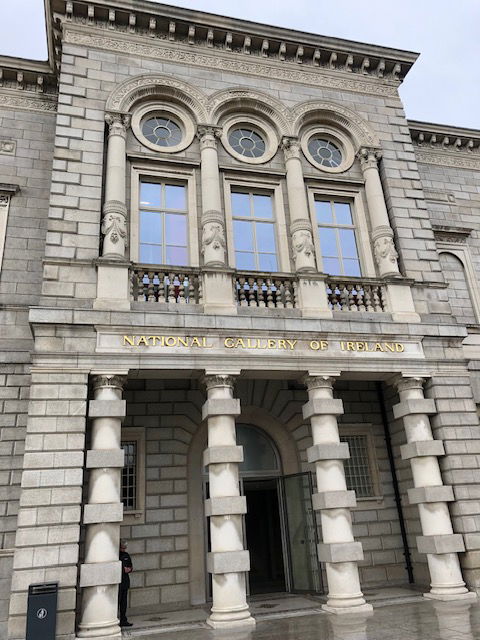

Our final day in Ireland, we prepared for taking the ferry across to Wales. We hadn't used our bicycles for a couple of weeks, and the weather cooperated. Adjacent to the camping park is Corkagh Park, a huge green space with gardens, ponds, and a nice bike path. I was especially thrilled to be on my bicycle again - my first ride since I had injured my foot almost three weeks prior. What a terrific way to finish our month in Ireland!
